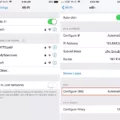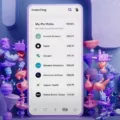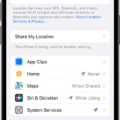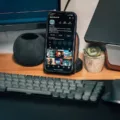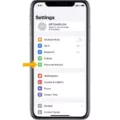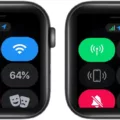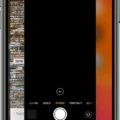The iPhone has become an essential device for many people, providing a wide range of features and capabilities. One of the most important aspects of using an iPhone is managing data usage, especially if you have a limited data plan or are in an area with slow data speeds. In this article, we will explore how to increase the data limit on your iPhone and optimize your data usage.
To begin with, it’s crucial to understand how much mobile data you are currently using. This can be easily checked by going to your iPhone’s Settings and tapping on “Mobile Data” or “Cellular.” If you are using an iPad, you may find it under “Mobile Data.” Here, you will see a list of apps that are using mobile data, allowing you to identify which ones are consuming the most.
If you find that certain apps are using excessive amounts of mobile data, you can turn off their access to mobile data individually. This can be done by going to the Mobile Data or Cellular settings and scrolling down to find the specific app. By toggling off the switch next to the app’s name, you can prevent it from using mobile data in the background.
Another useful feature to manage data usage on your iPhone is the ability to set a data usage limit. This feature allows you to define a specific amount of data that you are comfortable using within a given period. To set a data usage limit, follow these steps:
1. Open your iPhone’s Settings app.
2. Tap on “Network & Internet” and then “Internet.”
3. Next to your carrier, tap on “Settings.”
4. Tap on “Data warning & limit.”
5. If it’s not already on, toggle on the “Set data limit” option.
6. Read the on-screen message and tap “OK.”
7. Tap on “Data limit” and enter the desired amount of data.
8. Tap “Set” to save the data usage limit.
By setting a data usage limit, your iPhone will notify you when you approach or exceed the defined limit. This can help you stay within your data plan and avoid any unexpected charges.
Additionally, with the release of iOS 13 and later, Apple introduced a feature called “Low Data Mode.” This mode restricts background network usage and can be particularly useful in situations where you want to save cellular or Wi-Fi data. To enable Low Data Mode, follow these steps:
1. Go to your iPhone’s Settings.
2. Tap on “Cellular” or “Mobile Data.”
3. Select “Cellular Data Options.”
4. Toggle on “Low Data Mode.”
Enabling Low Data Mode will reduce the data usage of apps and services that rely heavily on background network activity, such as automatic app updates or background refresh. This can help optimize your data usage and ensure a smoother experience, especially in areas with slow data speeds.
Managing data usage is crucial to avoid exceeding your data plan or experiencing slow data speeds on your iPhone. By monitoring your data usage, turning off mobile data for specific apps, setting a data usage limit, and enabling Low Data Mode, you can increase your data limit and optimize your data usage on your iPhone. Stay connected without worrying about excessive data consumption!
Is It Possible to Set a Data Limit On the iPhone?
It is possible to set a data limit on your iPhone. With the introduction of iOS 13 and later versions, Apple has included a feature called “Low Data Mode” that allows you to restrict background network usage and save cellular and Wi-Fi data.
Enabling Low Data Mode can be particularly useful if you have a limited data plan or if you are in an area with slow data speeds. It helps you control your data usage by preventing apps from using excessive data in the background.
To turn on Low Data Mode on your iPhone, follow these steps:
1. Open the Settings app on your iPhone.
2. Scroll down and tap on the “Cellular” or “Mobile Data” option, depending on your device’s language settings.
3. On the Cellular/Mobile Data page, you will find the option for “Cellular Data Options.” Tap on it.
4. Look for the “Low Data Mode” toggle and switch it on.
Once Low Data Mode is enabled, your iPhone will reduce background data usage by disabling automatic updates, background app refresh, and other non-essential data activities. This will help you save data and prevent unexpected data overages.
It’s important to note that Low Data Mode affects all apps on your iPhone, so if you want to allow certain apps to use data normally, you can customize their settings individually by following these steps:
1. Go back to the Cellular/Mobile Data page in the Settings app.
2. Scroll down to find the list of apps that have used cellular data.
3. Toggle on or off the switch next to each app to allow or restrict its data usage.
By customizing the settings for specific apps, you can ensure that important apps, such as messaging or email apps, can continue to function normally even when Low Data Mode is enabled.
Setting a data limit on your iPhone is possible through the Low Data Mode feature introduced in iOS 13 and later versions. This feature helps you control your data usage and save cellular and Wi-Fi data by restricting background network activities.
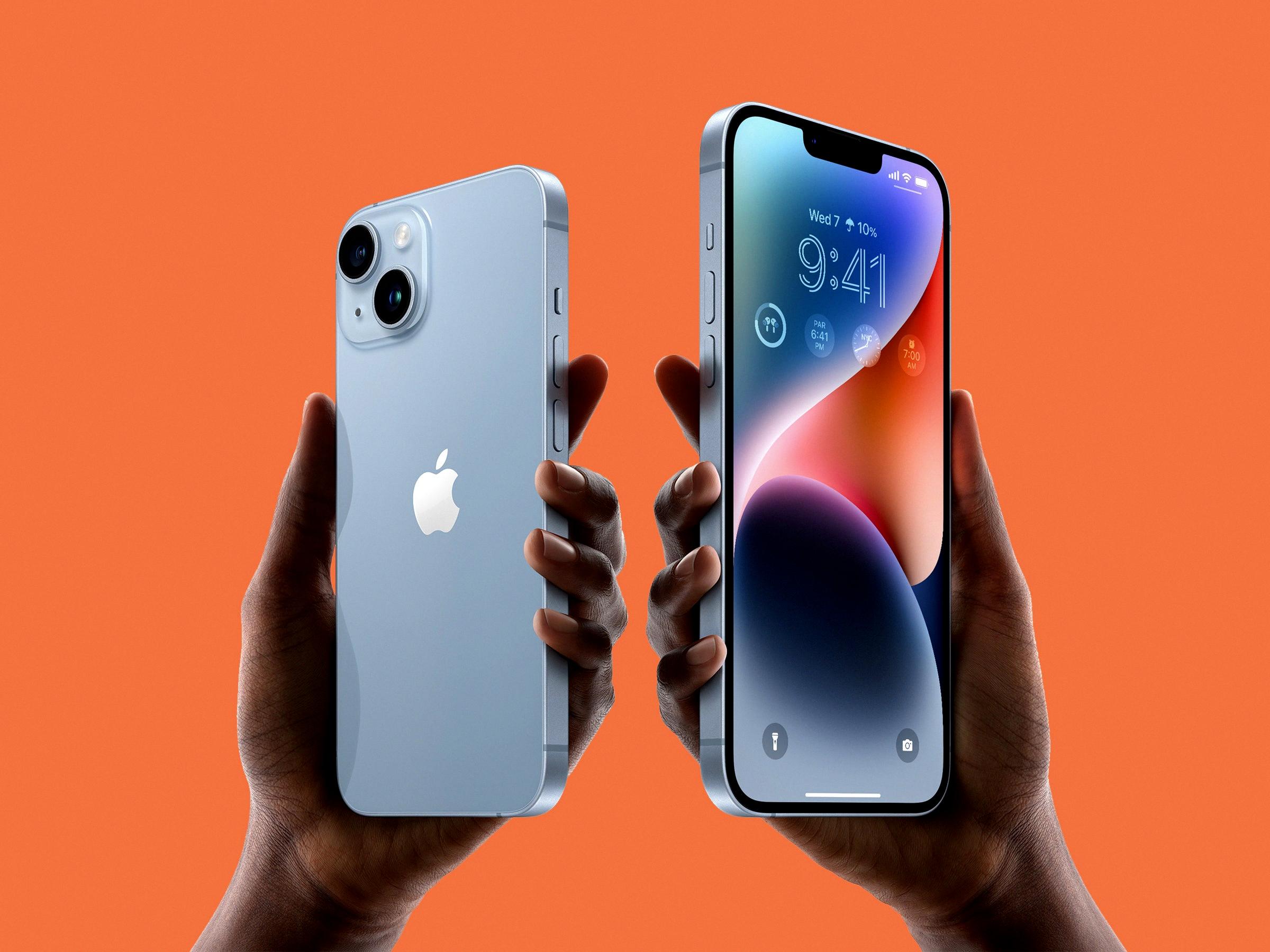
Where is the Data Limit On iPhone?
To locate the data limit settings on your iPhone, follow these steps:
1. Open the Settings app on your iPhone. You can find the Settings app icon on your home screen, usually represented by a gray gear symbol.
2. Scroll down the Settings menu until you see the option “Mobile Data” or “Cellular.” Tap on it to access the mobile data settings.
3. Within the Mobile Data or Cellular settings, you will be able to view your current data usage. The data usage will typically be displayed in a graph or a numerical format, indicating the amount of data you have consumed during a specific period.
4. To see which apps are using mobile data, scroll further down the page. Here, you will find a list of apps installed on your iPhone, along with the amount of data each app has consumed. This list will help you identify which apps are the primary consumers of your mobile data.
5. If you wish to restrict an app from using mobile data, you can toggle the switch next to each app to turn off its access to mobile data. This will prevent the app from using your mobile data in the future.
Please note that the terminology used may slightly differ depending on your iPhone model and iOS version. However, the general steps outlined above should guide you to the data limit settings on your iPhone.
How Do You Set a Cellular Data Limit?
To set a cellular data limit on your smartphone, follow these steps:
1. Open the Settings app on your phone.
2. Look for the option called “Network & internet” and tap on it.
3. Within the Network & internet settings, find and tap on “Internet” or a similar option.
4. Next, locate your carrier settings and tap on it. This may be labeled with your carrier’s name or something like “Cellular” or “Mobile data.”
5. Once you are in the carrier settings, look for an option called “Settings” and tap on it.
6. Within the carrier settings, find and tap on “Data warning & limit” or a similar option.
7. If the option is not already turned on, toggle the switch to enable “Set data limit.”
8. A message will appear on the screen, providing some information. Read it and tap “Ok” to proceed.
9. Now, tap on “Data limit” to set a specific amount of data usage.
10. Enter the desired number for your data limit. This can be in megabytes (MB) or gigabytes (GB) depending on your phone and carrier.
11. Once you have entered the data limit, tap “Set” to save your settings.
Following these steps will ensure that your phone keeps track of your cellular data usage and alerts you when you are approaching or exceeding your set limit. This can help you avoid unexpected data charges and manage your data usage more effectively.
How Do You Set a Data Limit On Your iPhone Apps?
To set a data limit on your iPhone apps, you can follow these steps:
1. Open the Settings app on your iPhone.
2. Scroll down and tap on “Cellular” or “Mobile Data” (depending on your iPhone model).
3. In the Cellular settings, you will find “Cellular Data Options” or “Mobile Data Options” (again, depending on your iPhone model). Tap on it.
4. Look for the “Data Mode” option and tap on it.
5. Here, you will see three options: “Allow More Data on 5G,” “Standard,” and “Low Data Mode.” Tap on “Low Data Mode.”
6. Once you enable Low Data Mode, it will restrict background app refresh, automatic downloads, and other data-consuming activities. This helps in reducing your overall data usage.
By enabling Low Data Mode, your iPhone apps will consume less data, which can be beneficial if you have a limited data plan or want to conserve data usage. It’s worth noting that Low Data Mode may affect the functionality of certain apps, such as delayed updates or reduced quality in media streaming.
By following these steps, you can effectively set a data limit on your iPhone apps and manage your data usage efficiently.

